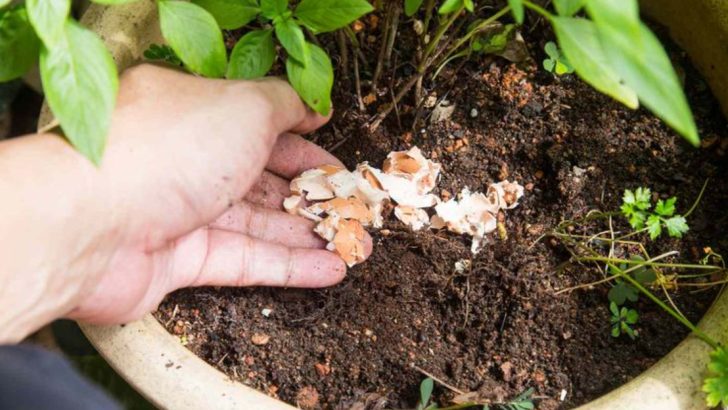Not everything you hear about gardening is true! These 16 common gardening myths are debunked so you can avoid mistakes and grow a healthier, more productive garden.
Cacti Only Thrive in Deserts
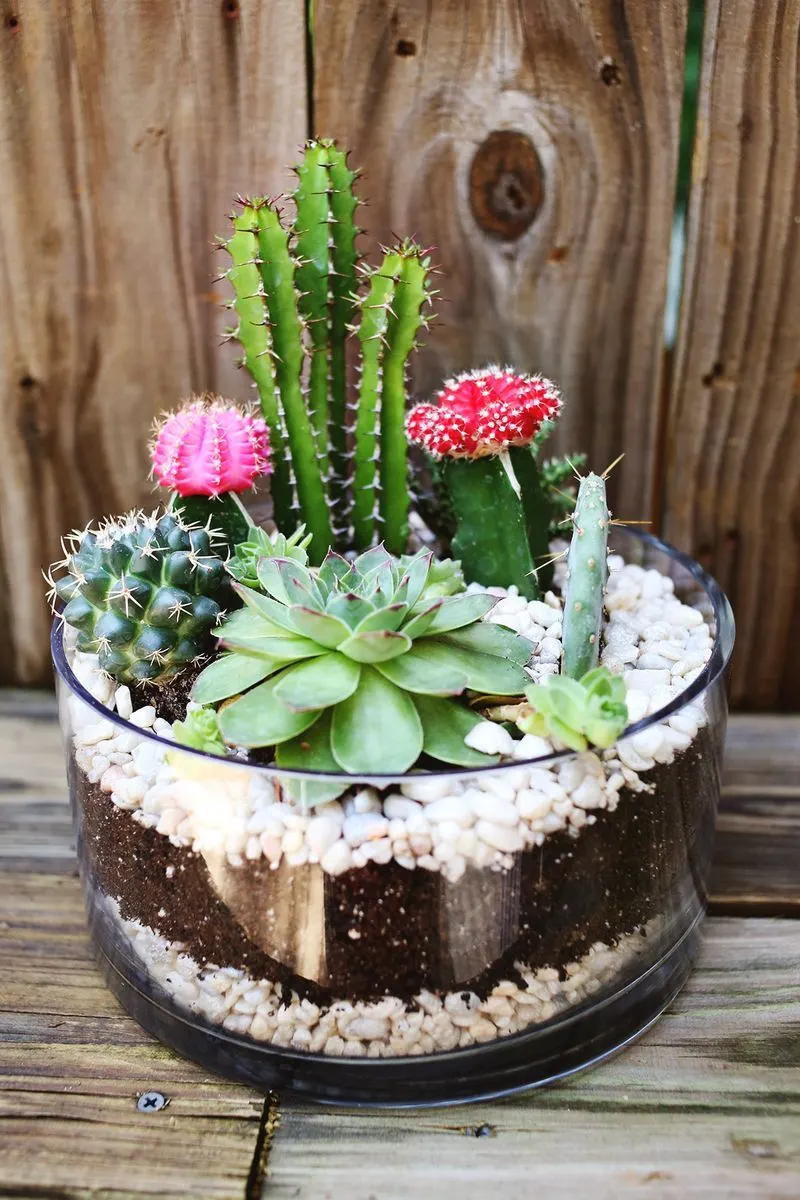
Cacti are often thought to exclusively love desert conditions. However, these resilient plants can adapt to various environments, including indoor settings. They don’t need to bake under constant sun. In fact, too much direct sunlight can harm them. Cacti prefer a balance of light and shade. Overwatering is a bigger threat than their climate. Allow the soil to dry between waterings, and they’ll reward you with healthy growth. It’s not just about creating a desert-like environment; understanding their needs in different settings leads to success. Indoor gardening with cacti can be surprisingly rewarding and vibrant.
Watering at Noon Causes Leaf Burn
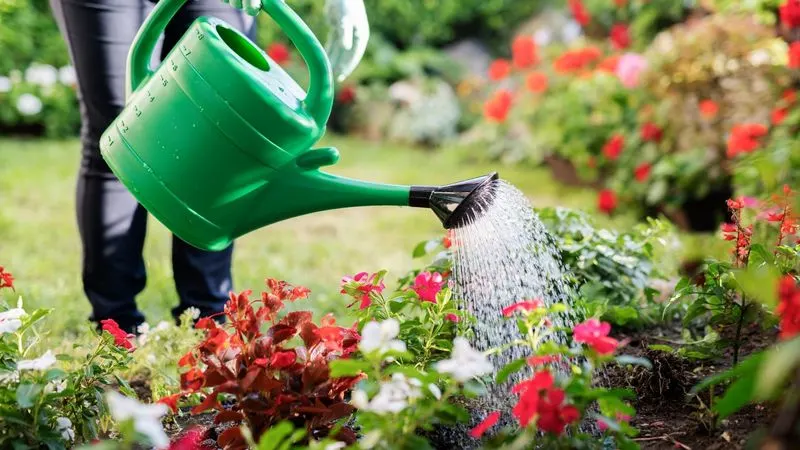
The midday sun scorching wet leaves is a persistent myth. Science shows that water droplets don’t magnify sunlight to burn leaves. Watering during hotter parts of the day isn’t harmful. The real concern is evaporation, which may lead to inefficient watering. Morning or evening watering is recommended for water conservation, not leaf protection. Gardeners should focus on consistent and deep watering habits rather than worrying about sunburn. Embracing flexible watering times can benefit busy schedules without compromising plant health. So, don’t let fear of leaf burn dictate your watering routine; it’s all about balance and efficiency.
Organic Pesticides Are Always Safe
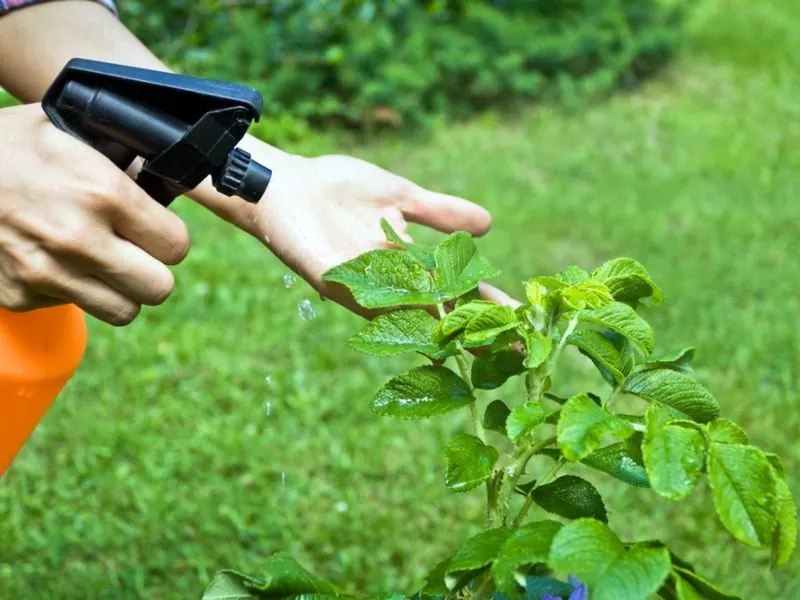
Organic doesn’t automatically mean non-toxic. While organic pesticides are derived from natural sources, they can still harm beneficial insects and plants if misused. Proper application and understanding of their impact are vital. Some organic treatments can be as potent as synthetic ones, demanding caution and respect. Always follow label instructions and consider the broader ecological impact. Balancing pest control with environmental care ensures a healthy garden ecosystem. Remember, safety first applies to all gardening practices, organic or synthetic. Thoughtful use of pesticides fosters both plant health and environmental stewardship, creating a harmonious garden space.
Bigger Pots For Bigger Plants
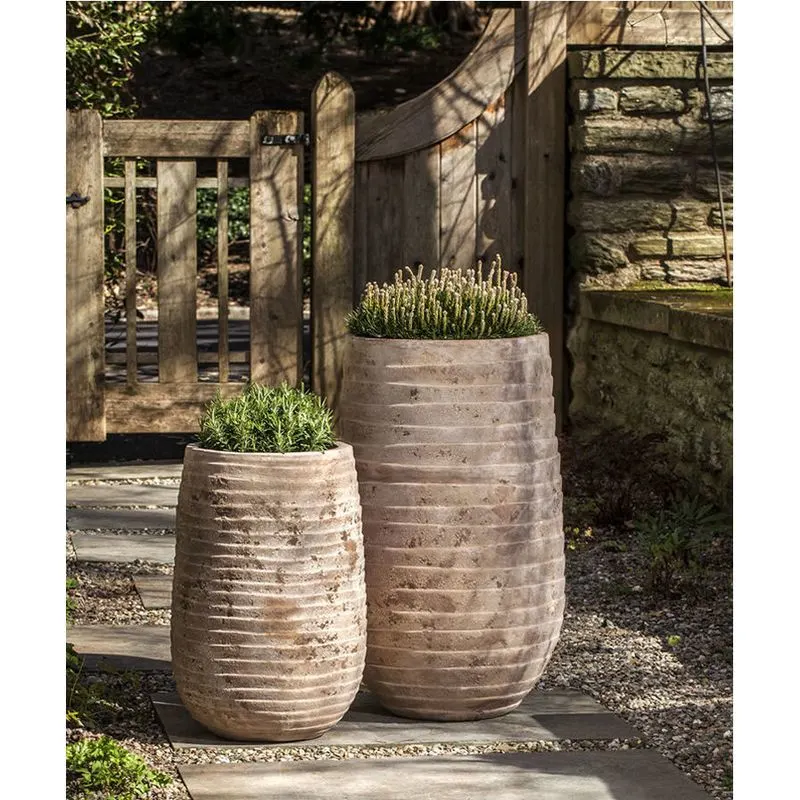
The belief that bigger pots yield bigger plants isn’t true. Oversized pots can lead to overwatering, as excess soil retains more moisture than needed. This can suffocate roots, stunting growth rather than promoting it. Choosing the right pot size is crucial for healthy root development and plant vitality. It’s about balance, not size. Proper drainage and soil choice also play pivotal roles in plant health. The right-sized pot supports growth by providing stability and adequate space. Matching pot size to a plant’s current needs, rather than its future potential, is key to flourishing flora.
Talking to Plants Stimulates Growth
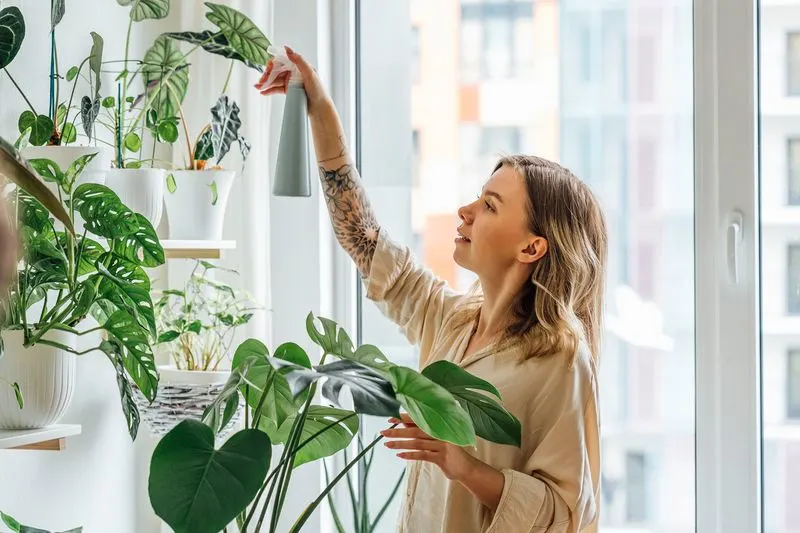
Many gardeners believe that talking to plants can stimulate growth. While there’s charm in this idea, scientific evidence is lacking. Plants respond to environmental factors, not conversation. However, attention to their needs—like watering, nutrition, and light—truly impacts their development. The act of talking might lead to better care routines, indirectly supporting growth. It’s the observation and adjustments that matter, not the chatter itself. Focusing on tangible care strategies over mythical methods ensures more effective gardening. While engaging in conversation can be therapeutic for humans, it’s the practical care that benefits the flora.
Eggshells As Miracle Fertilizer
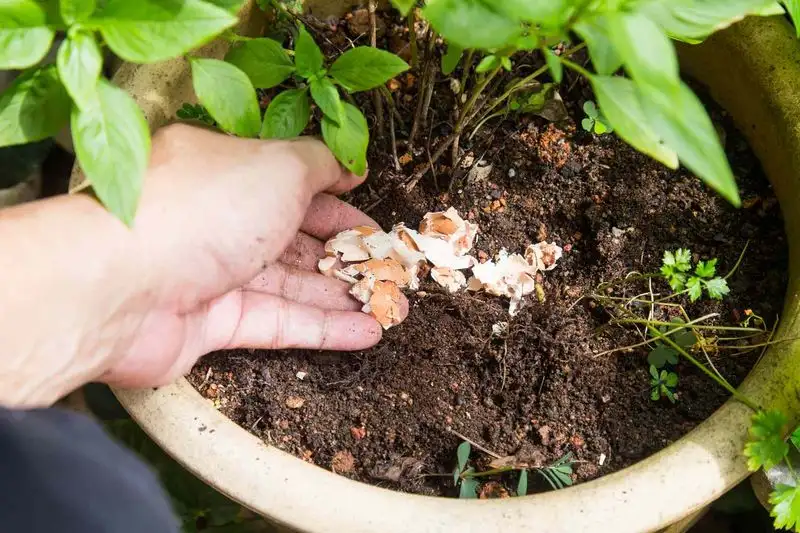
Eggshells are often touted as a miracle fertilizer due to their calcium content. However, their effects are minimal without proper preparation. Crushed shells need to be finely powdered to release nutrients effectively. Even then, they don’t replace comprehensive fertilization practices. They can improve soil texture when used in moderation, but relying solely on them may lead to nutrient deficiencies. A balanced approach to soil health includes diverse organic matter. While eggshells contribute to sustainability, they are not a standalone solution. Integrating them with other amendments fosters a richer, more balanced soil environment.
All Bugs Are Pests
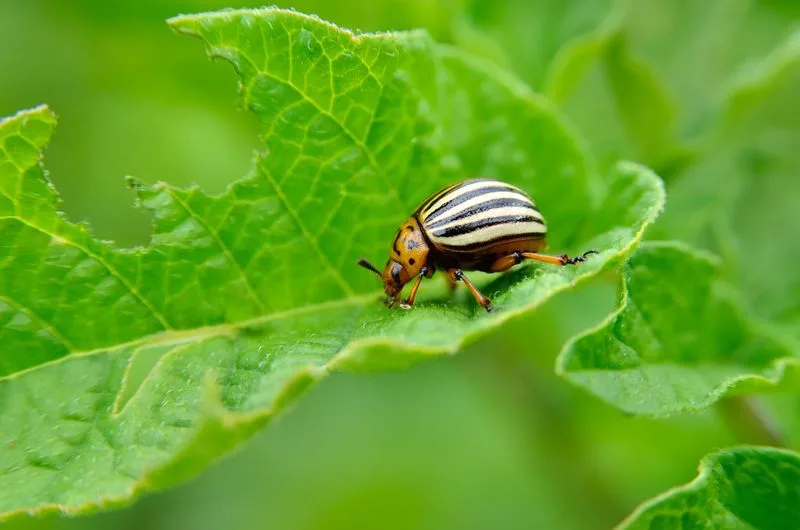
Not all insects in the garden are foes. Many, like bees and ladybugs, play crucial roles in pollination and natural pest management. Mislabeling all bugs as pests leads to unnecessary pesticide use, disrupting the ecosystem. Understanding beneficial insects and their functions promotes a balanced garden. Encouraging a variety of species can enhance pollination and control harmful pests naturally. A harmonious garden hosts a thriving community of insects working together. Knowledge of insect roles fosters environmental stewardship and healthier plants. Embrace the diversity of life in your garden for naturally robust growth and ecosystem balance.
More Fertilizer Means Better Growth
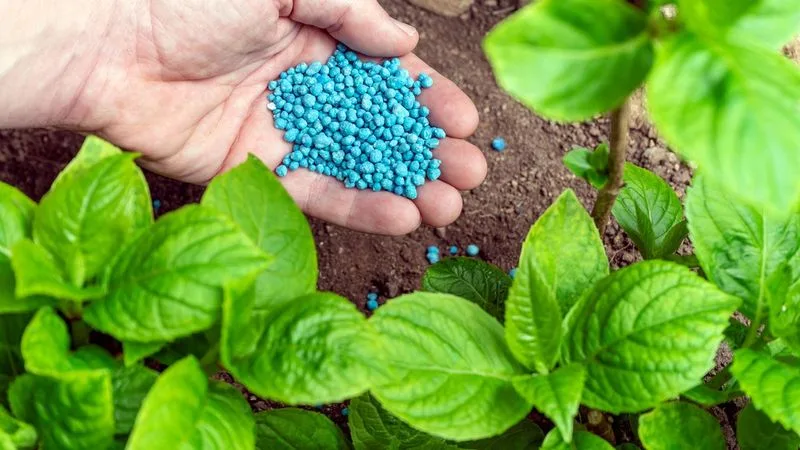
Excessive fertilization can harm rather than help plants. Overfeeding leads to nutrient burn, causing leaf discoloration and stress. Plants require balanced nutrition tailored to their specific needs, not just more of everything. Soil testing helps identify nutrient deficits, guiding appropriate fertilization. Understanding plant-specific requirements ensures healthy growth without waste. More is not always better; precision and moderation are key. Fertilizers should complement natural soil fertility, enhancing rather than overwhelming it. Thoughtful application supports vibrant growth and minimizes environmental impact. Prioritizing quality over quantity leads to sustainable, flourishing gardening practices.
Coffee Grounds Acidify Soil

Coffee grounds are often believed to acidify soil, but their effect is minimal. When fresh, they can be slightly acidic, but used grounds are nearly neutral. They offer organic matter, aiding soil structure and microbial activity, but don’t drastically alter pH levels. Integrating them with other compost materials enhances soil health without significant acidity changes. For gardeners seeking soil acidification, sulfur or peat moss are more effective. Coffee grounds contribute to composting benefits but aren’t a pH solution. Understanding their true impact leads to better soil management and garden productivity.
Drought-Tolerant Plants Don’t Need Watering
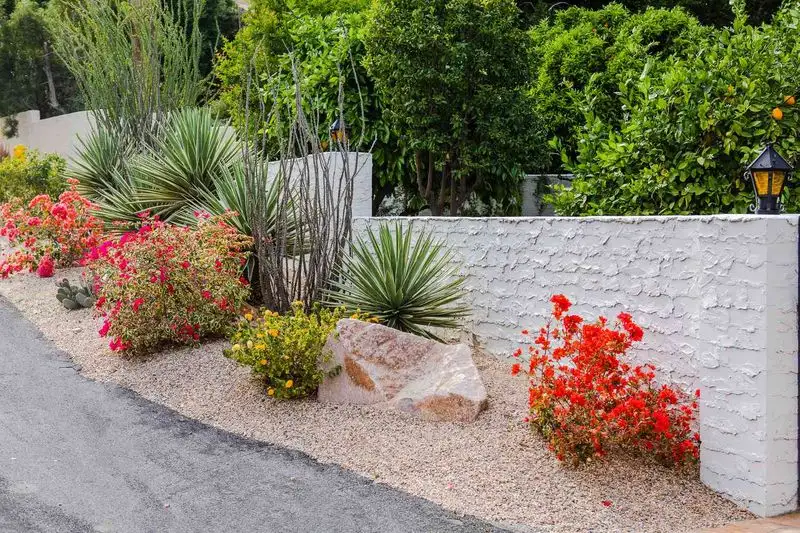
Drought-tolerant plants are mistakenly thought to require no watering. While they endure dry spells better, they still need hydration to thrive. These plants have adaptations to manage water efficiently, not to survive without it. Regular watering helps maintain their health and vigor. Observing soil moisture and plant signals guides appropriate watering schedules. Even the hardiest plants benefit from occasional deep watering. Understanding their specific needs prevents stress and supports resilience. Effective watering practices enhance their natural drought resistance, ensuring continued vitality without neglect. Careful attention to watering fosters a thriving, drought-tolerant garden.
Pruning in Fall Hinders Growth

Fall pruning is often avoided due to fears of plant damage. However, it can be beneficial for many species. Pruning helps shape plants, removes dead wood, and encourages new growth. Timing and technique are crucial for success. Understanding specific plant needs ensures effective results without harm. While some plants may prefer spring pruning, fall offers benefits like disease prevention and easier visibility of structure. Skilled pruning supports plant health and aesthetics year-round. Embrace fall pruning with confidence, knowing that informed care promotes lush growth and garden beauty, even outside the typical growing season.
Using Gravel for Drainage in Pots
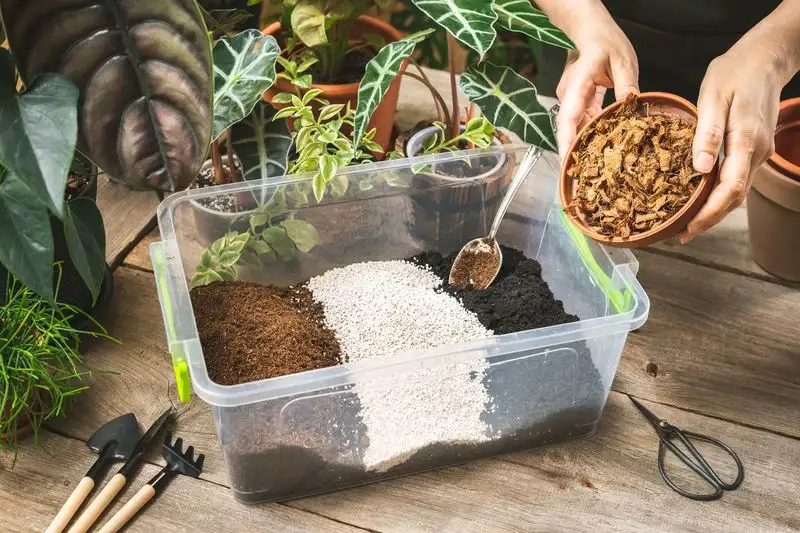
Gravel at the bottom of pots is thought to improve drainage, but it can cause more harm. Water tends to pool above the gravel layer, leading to root rot. Properly designed pots with drainage holes are more effective. Focus on using well-draining soil mixes instead. The myth persists, yet understanding soil-water dynamics is key. Quality soil amendments and pot choice matter more than gravel. Avoiding this common mistake leads to healthier root systems and thriving plants. Optimal drainage begins with the right soil mix and potting practices, not misplaced layers of gravel.
Plants Clean Indoor Air
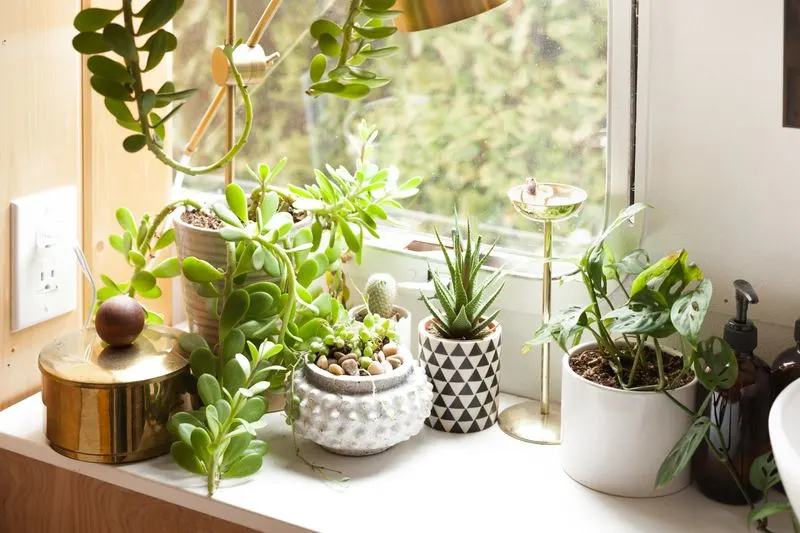
The idea that houseplants significantly purify indoor air is popular but overstated. While they can contribute to a pleasant environment, their impact on air quality is minimal at best. Effective air purification would require an impractically large number of plants per square foot. However, the presence of plants improves ambiance and psychological well-being. They offer companionship and a touch of nature indoors. For substantial air purification, consider mechanical solutions like air purifiers. Balancing plant benefits with realistic expectations ensures satisfaction without reliance on myths. Enjoy plants for their beauty and calming influence.
Miracle Growth from Music
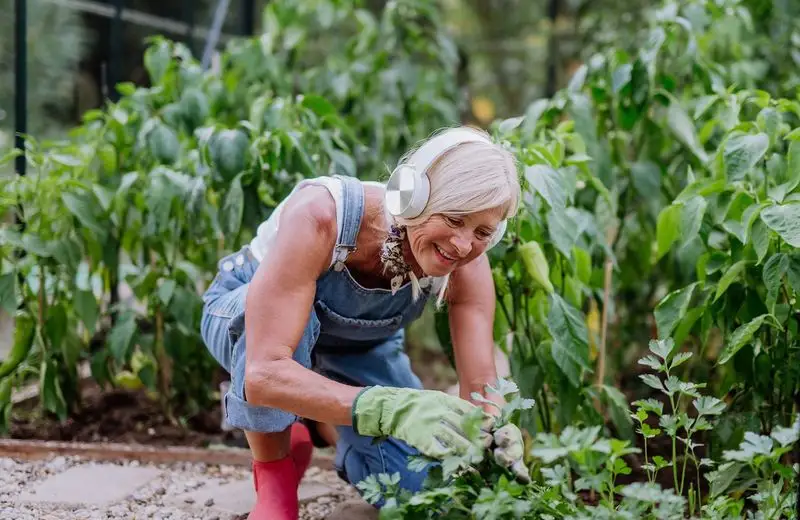
Music’s effect on plant growth lacks scientific backing. While sound waves might influence some parts of a plant, claiming miraculous growth is far-fetched. The environment, including light and nutrients, plays a more substantial role. Musical vibrations can be part of a relaxing gardening routine, enhancing the gardener’s experience. Plants respond to tangible care, not melodies. Ensuring optimal conditions for growth such as soil quality and watering techniques remains paramount. Enjoy music as a personal delight while focusing on practical plant care. Let the harmony of gardening come from dedicated attention rather than musical notes.
Vinegar as a Weed Killer
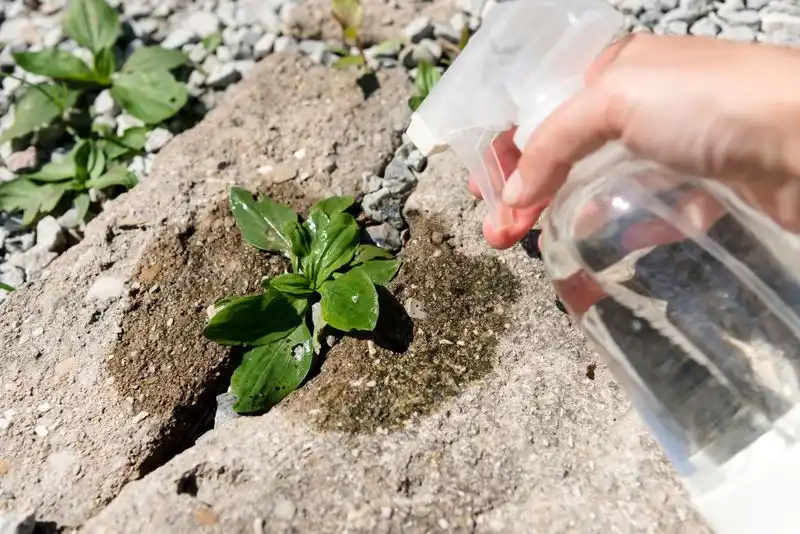
Vinegar is often regarded as an effective natural weed killer, yet its impact is limited. While it can burn weed leaves, it rarely kills roots, leading to regrowth. Stronger concentrations than household vinegar are required for significant results. Understanding its limitations helps manage expectations and strategies. Combining vinegar with manual removal may offer better control. Emphasizing integrated weed management practices ensures more effective results. Considering alternative eco-friendly methods promotes a balanced approach to weed control. Relying solely on vinegar may lead to frustration, but informed use can contribute to broader efforts.
Beer Traps for Slugs
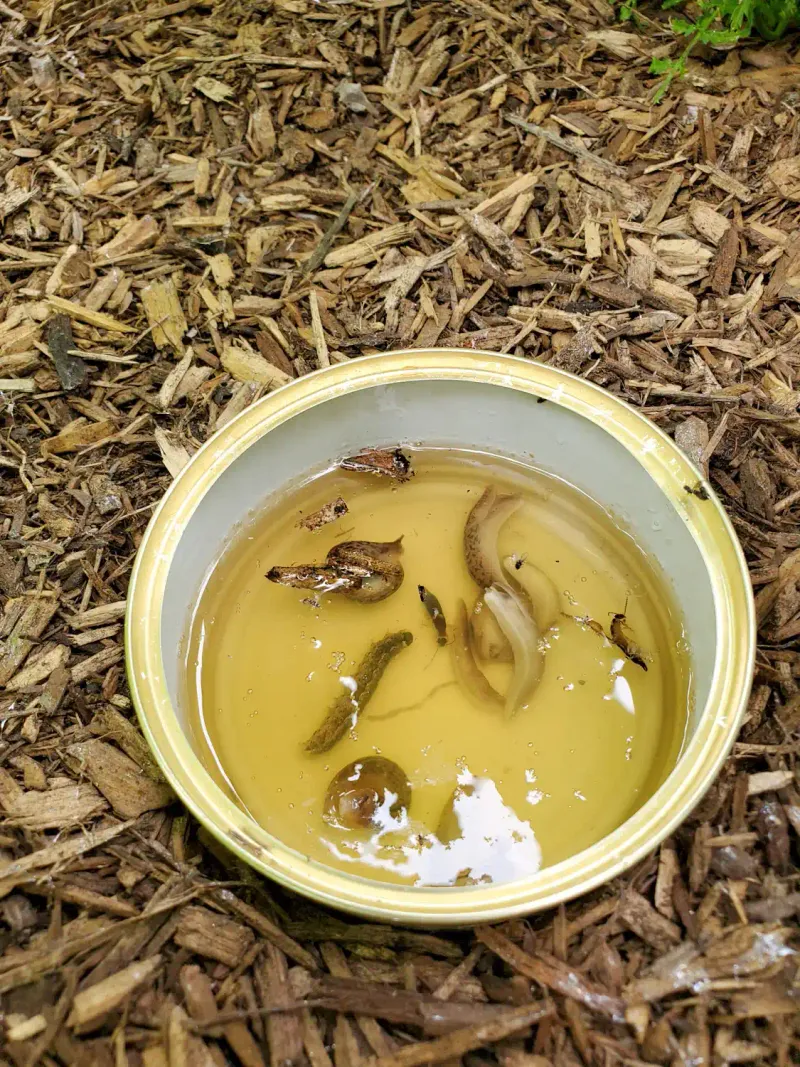
Beer traps are a popular home remedy for slugs, but their effectiveness is often exaggerated. While they do attract and drown some slugs, they fail to manage large populations. Traps require frequent maintenance and replacement to be somewhat effective. Considering them as part of an integrated pest management plan is wise. Combining traps with barriers, manual removal, and natural predators enhances control. Understanding the limitations of beer traps encourages diverse strategies. Consistent efforts across various methods yield better results. Relying solely on this myth may lead to persistent slug issues.

